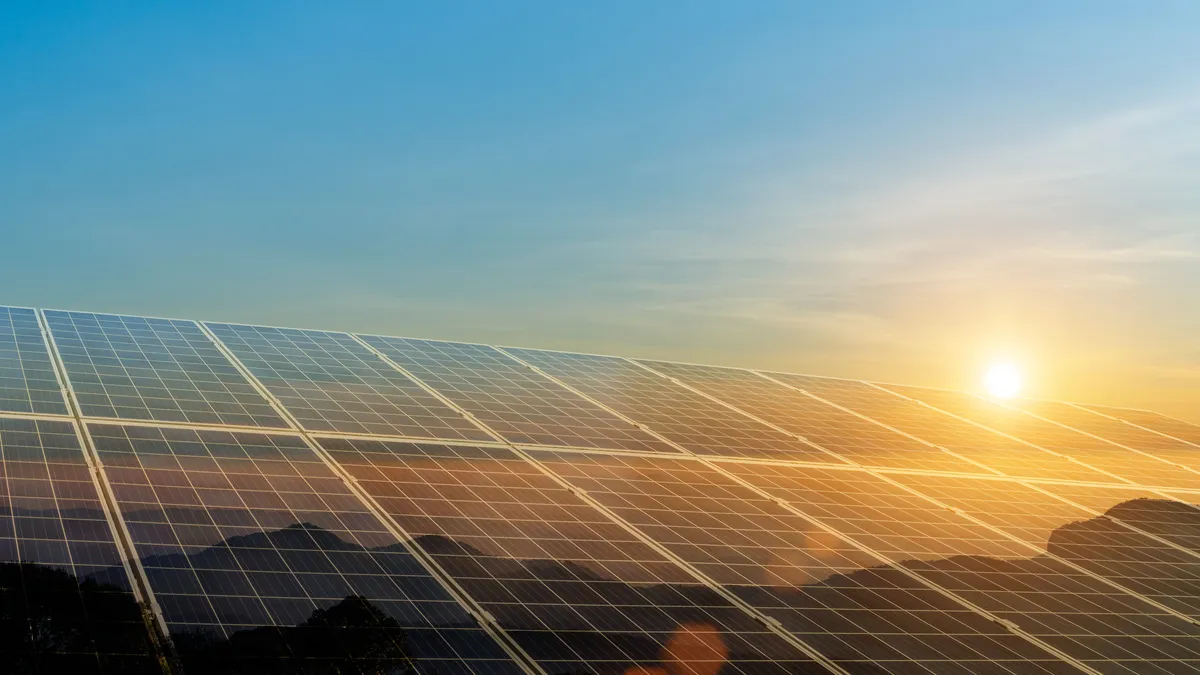Ed Smeloff is a transmission policy consultant for the Center for Energy Efficiency and Renewable Technology.
2023 has seen its share of clean energy setbacks. Southern California communities were aghast when three polluting gas plants promised for closure were extended again for another three years because state agencies didn’t feel they had enough clean energy resources to shut them down. More promises were broken when the state increased gas storage to full capacity at SoCalGas’ notorious Aliso Canyon facility, again because of professed fears about the lack of clean energy replacements on the part of the state.
But 2023 should be the last year for excuses and delays to follow through on commitments to shutter old gas power plants and leaky storage. Governor Newsom has laid out ambitious goals for California’s clean energy generation and a road map to zero emissions. But with tens of thousands of megawatts of clean energy resources from solar, offshore wind, geothermal development and battery storage needing to come online quickly, California can’t afford a transmission bottleneck. To follow through on his clean energy goals and make them a reality, we need Governor Newsom to sign SB 619.
For the next decade and beyond, California needs to connect roughly 7,000 MW of clean energy to the grid to power Californian homes, buildings and service providers every year. To do that, our 40+ year old energy grid needs a serious upgrade. Thankfully, the California Independent System Operator is already lining up new transmission projects to move all that energy across California. An almost unfathomable 530,000 MW of interconnection projects have lined up to connect to the California grid.
Investment plans are already underway to lay a subsea cable that would start near the Diablo Canyon nuclear plant in San Luis Obispo County and land near LAX where a converter station would be built. But in order to further reduce our reliance on gas plants in Southern California, we need other high voltage transmission lines from the south through Imperial and San Diego Counties and from the east through Riverside and San Bernardino Counties.
Ambition is not California’s problem: it’s logistics. We need those clean energy projects to be permitted, interconnections approved and built as quickly as possible. And that’s where SB 619 comes into play.
SB 619 streamlines the permitting process for clean energy transmission projects. Instead of submitting environmental review documents to the CPUC, recently criticized for an increasingly backlogged permitting process, SB 619 allows clean energy developers to give their paperwork to the CEC for processing. That’s fitting, since the CEC now creates roadmaps for most clean energy projects — including a report on the next steps for the state’s offshore wind plans, expected out sometime this Fall.
The CPUC is primarily an economic regulator whose strengths include determining rates for utility customers, not an environmental regulator. Even the Public Advocates’ Office has flagged that processing time for renewable energy projects is lagging at the agency. Between 2012 and 2019, a report by the Clean Air Task Force revealed that of 13 transmission projects analyzed, only two projects were completed and even those experienced considerable delays in the environmental review process.
Per the CEC, Southern California is expected to generate 22.345 GWh of clean energy from solar in 2030. Plans for an offshore wind hub in Humboldt County are part of the most ambitious initiative in the nation, contributing to the state’s goal of 5,000 MW of offshore wind energy by 2030 and 25,000 MW by 2045. The abundant energy generated from these turbines during the evening and night is a natural complement to the state’s solar installations, which generate electricity during the day.
California can break its addiction to natural gas and replace fossil fuels with cleaner energy. We need Governor Newsom to sign SB 619 so that 2023 is the last year state agencies can point to insufficient clean energy generation as a reason for delaying the closure of outdated fossil fuel plants.






















